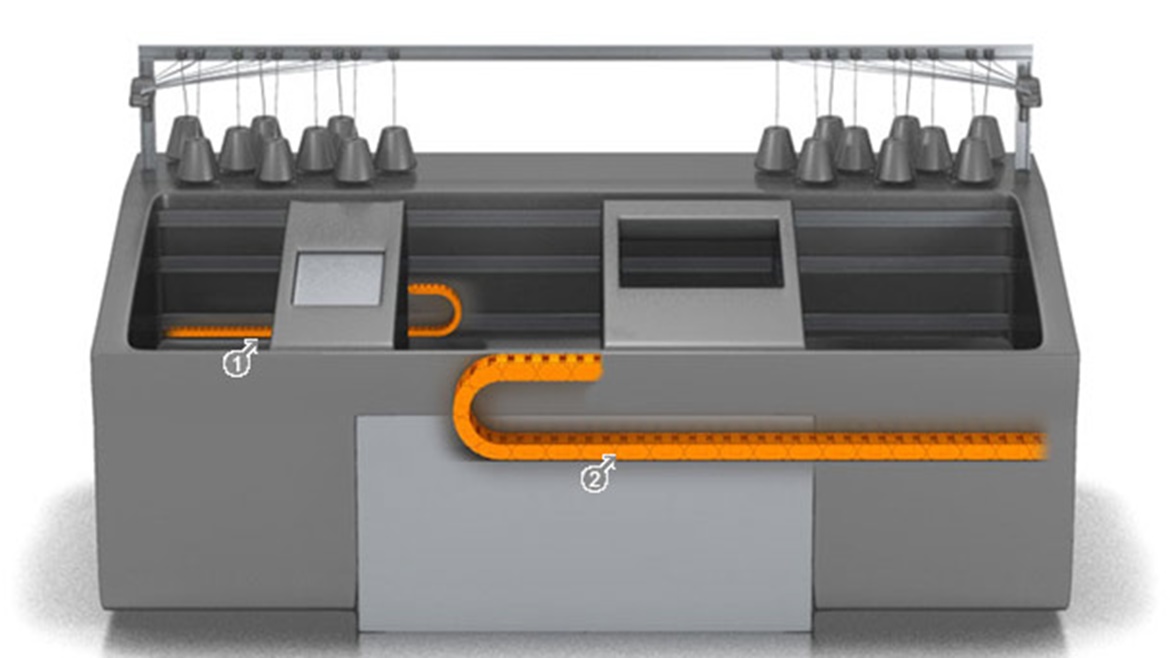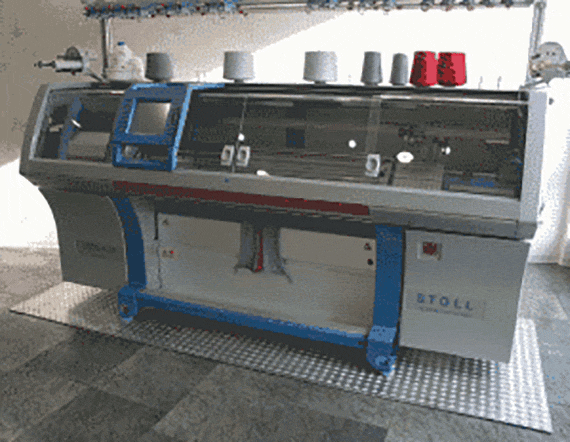Термины "Apiro", "AutoChain", "CFRIP", "chainflex", "chainge", "цепи для кранов", "ConProtect", "cradle-chain", "CTD", "drygear", "drylin", "dryspin", "dry-tech", "dryway", "easy chain", "e-chain", "e-chain systems", quot;e-ketten", "e-kettensysteme", "e-loop", "energy chain", "energy chain systems", "enjoyneering", "e-skin", "e-spool", "fixflex", "flizz", "i.Cee", "ibow", "igear", "iglidur", "igubal", "igumid", "igus", "igus improves what moves", 73quot;igus:bike", "igusGO", "igutex", "iguverse", "iguversum", "kineKIT", "kopla", "manus", "motion plastics", "motion polymers", "motionary", "plastics for longer life", "print2mold", "Rawbot", "RBTX", "readycable", "readychain", "ReBeL" , "ReCyycle", "reguse", "robolink", "Rohbot", "savfe", "speedigus", "superwise", "take the dryway", "tribofilament", "triflex", "twisterchain", "when it moves, igus improves", "xirodur", "xiros" и "yes" являются юридически защищенными товарными знаками компании igus® GmbH/Кельн в Федеративной Республике Германия и, если применимо, в некоторых зарубежных странах. Это неполный список торговых марок (например. зарегистрированные товарные знаки) компании igus GmbH или аффилированных компаний igus в Германии, Европейском Союзе, США и/или других странах или юрисдикциях.
igus® GmbH заверяет потребителя о том, что не предлагает продукцию компаний Allen Bradley, B&R, Baumüller, Beckhoff, Lahr, Control Techniques, Danaher Motion, ELAU, FAGOR, FANUC, Festo, Heidenhain, Jetter, Lenze, LinMot, LTi DRiVES, Mitsubishi, NUM, Parker, Bosch Rexroth, SEW, Siemens, Stöber и иных производителей электроприводов, которые упоминаются на данном сайте. Предлагаемые изделия под маркой igus® - это изделия производства компании igus® GmbH


